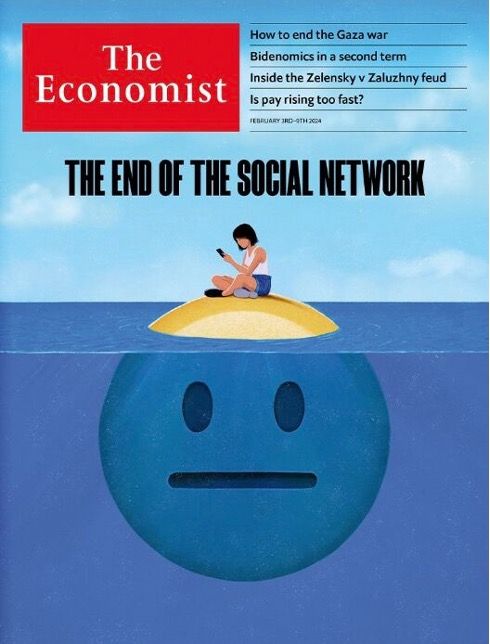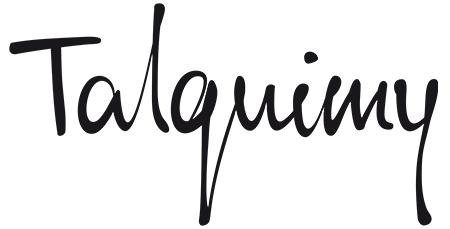How are brands navigating this new era of social media?
For branded content to thrive in this new social network scenario, it cannot fall prey to mere popularity without a strategy. If you work with brand communications, whether at companies, agencies or researching the topic, this movement is worth checking out.

Last month, The Economist highlighted something radical on its cover: the end of social networks. It’s difficult to declare the end of something that still retains a large part of our daily attention, especially because the article in question itself was updated with the announcement of “glittering results for Meta, now valued at US$ 1.2 trillion”. However, these discussions highlight a movement underway, revealing a lot about our content consumption behavior on social networks.

I would highlight three points taken from the article itself:
1) The TikTok effect and the increase in the circulation of content in private mode.
“The striking feature of the new social media is that they are no longer very social. Inspired by TikTok, apps like Facebook increasingly offer an array of clips selected by artificial intelligence according to a user's viewing behavior rather than their social connections. Meanwhile, people are posting less. The percentage of Americans who say they like recording their lives online has fallen from 40% to 28% since 2020. Conversations are migrating to closed platforms, such as WhatsApp and Telegram”.2) More populist content can benefit from this scenario, that is, this “deliberate curation” model creates space for misinformation.
“What’s more, open network algorithms driven by user behavior appear primed to spread the risqué videos. For something to go viral on a social network, people had to choose to share it. Now they endorse this simply by observing, as the algorithm rewards content that attracts the most engagement. Deliberate curation has been replaced by a system that goes straight to the id. Provocateurs like Trump or Nayib Bukele, the favorite in the elections in El Salvador, will benefit, as will disinformation traders. The platforms say they are better at weeding out fakes. Taylor Swift, the latest victim of a deepfake, may disagree”.
3) The real lack of interest in news or informative content.
“Even more urgent than the increase in fake news is the lack of real news. Zuckerberg once said he wanted Facebook to be like a personalized newspaper. But because the network is focused on entertainment, news only represents 3% of what people see on it. On social media, just 19% of adults share news weekly, down from 26% in 2018. Publications like BuzzFeed News, which relied on social distribution, have perished. This... is everyone's problem when almost half of young people say that, just as platforms decide that news is no longer interesting, social media is their main source of news”.
And what about brands in this context?
For branded content to prosper in this social network scenario, it cannot fall into the appeal of mere popularity without a strategy, although there are many incentives for this. With this less social profile of more private exchanges, where the offer of content to users is guided by potential interest, established by the platforms, it is essential to know exactly what you want with each piece of content that brands insert on the network, clearly understanding how this objective will be measured.
It is also clear that the game is much more difficult for brands to manage their content organically, without Ad investment. With profiles increasingly on private mode, the challenge of understanding the audience has also increased, with this reading becoming more restricted to platforms, which will share part of this knowledge with brands that invest in media, even if only a little. This way it will be more possible to understand the audiences, their potential, and their interests.
This globalized logic of information distribution, established by TikTok, on the one hand, creates the possibility of scaling the interaction of content on a global level, but, on the other, it makes this opening more remote compared to others, based on “interest potential.” It will be necessary to identify creative ways to develop content with this global bias without falling into universal clichés.
What about artificial intelligence?
A slew of hacks flow through our timelines daily, teaching us how to use a new tool that can, or makes movies, and can assume the position of people in many operational activities. This is worth a separate reflection, but an important point is that the value of human curation has increased, especially in the creation of digital content. People who know, among this breadth of tools, identify what truly works to build relevant narratives from it.
Otherwise, we will just have another video of beautiful and stunning scenes made in Sora with a script via GPT Chat, but which doesn’t tell us much. Stacking several languages without building a narrative. It can even be emotional for a few seconds, generating likes and shares, but with what impact?



